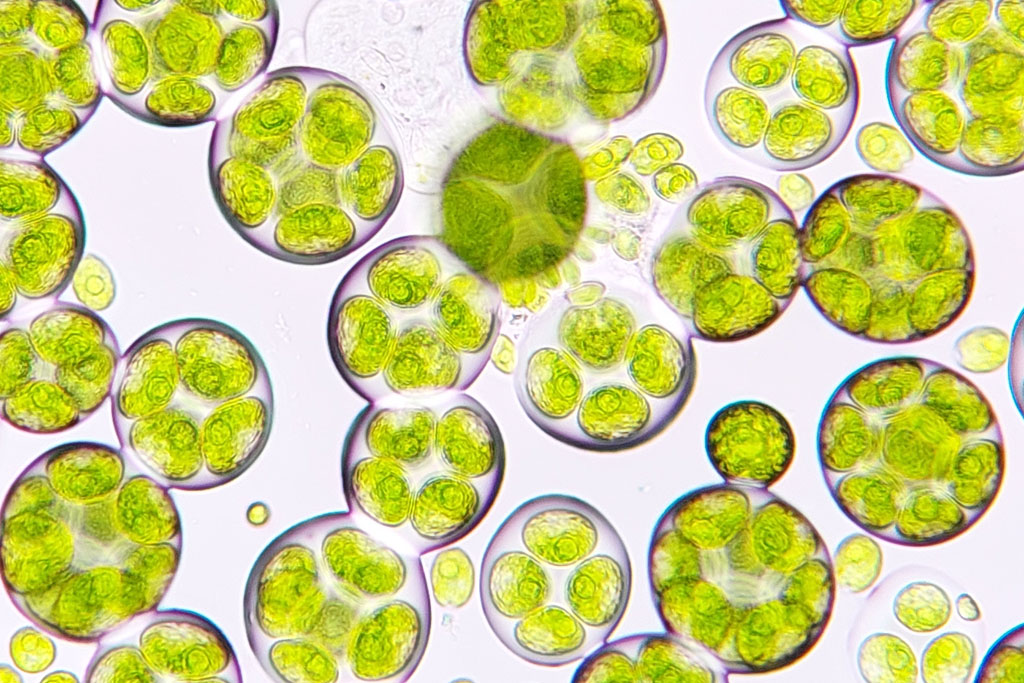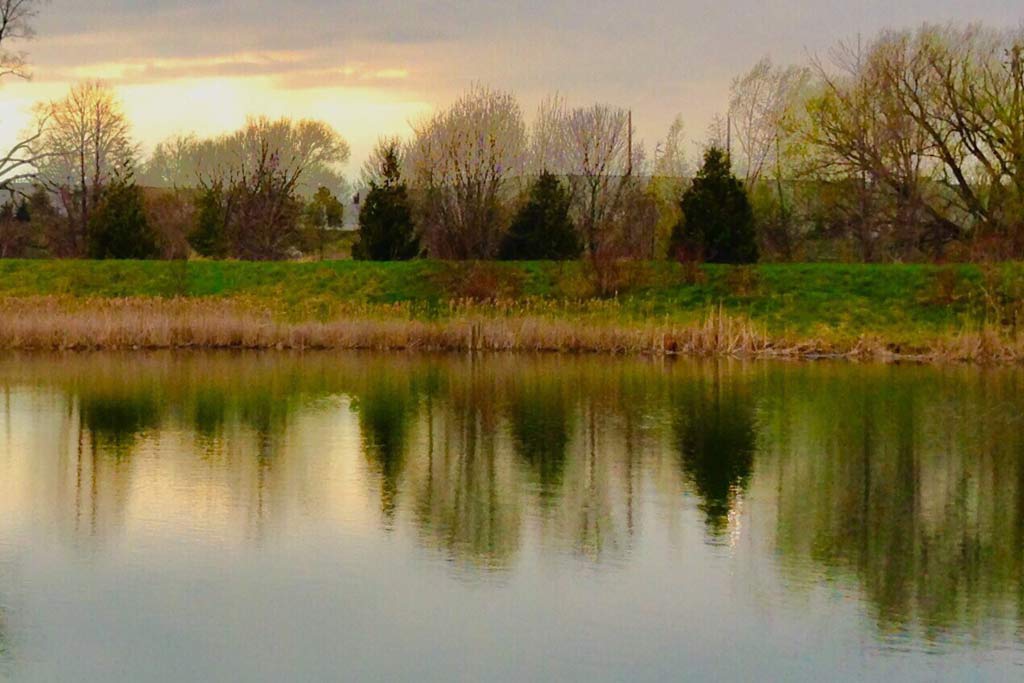Algae cells can multiply rapidly and despite all efforts, this growth can get out of control quickly. Even after chemical treatment, certain types of algae can rebound in as few as 3-4 days. The good news is that algae, along with a several species of rooted aquatic plants, can be removed manually to get the water body back to an aesthetically pleasing state.
Manual removal of algae provides several benefits. Firstly, manual removal provides immediate results compared to chemical treatments which may take several days to clear up. If the algae mats are extensive, physical removal may be the best option to protect the health of any fish present. Treating large algal blooms with algaecides can cause oxygen depletion as the material begins to decompose, sometimes causing fish mortality. Manual removal greatly reduces this possibility.
Secondly, when removing large mats of algae, the nutrients tied up in the growth are also removed. When algae is treated and left in the water to decompose, the phosphorus tied up in its cells becomes available to feed more algae and the growth cycle goes on and on. It should be noted that each pound of available phosphorus in a body of water can support 500 pounds of algae growth! By removing the material and the phosphorus it contains, this removal serves as a reset allowing for more effective management for the rest of the season.
Depending on access at the lake or pond, algae can be removed either mechanically or with hand tools. If there is good access for small vehicles (like the Truxor amphibious harvester shown on this blog), large mats of algae can be raked from the surface of the water mechanically. This requires one person to operate the harvester. If the water body is small or access is tight, hand removal methods can be used. Hand removal requires more labor, typically two or more people, using tools such as booms, rakes, and nets to effectively remove the unwanted growth. Regardless of approach, the harvested material can either be left onsite to decompose or otherwise removed from the site and brought to a landscape waste facility where it is composted.
In addition to algae, both mechanical and hand-raking are also effective for certain loosely rooted aquatic plants, like coontail, that pull out easily from the substrate. If the target species is a firmly rooted aquatic plant, like milfoil, Diver Assisted Suction Harvesting, or DASH, is another approach to manual removal. In this case, the plants are hand-pulled by a diver who feeds the plants into a suction hose which transports the plants to the deck of the boat. Here any creatures caught as bycatch are separated from the plants and safely returned to the water after which the plants are bagged. DASH tends to be longer lasting method of manual removal since the plants are removed by the roots. Think of this method as “weeding” the bottom of your pond or lake.
Manual removal can be used as a chemical free method of cleaning up a lake or pond. Combining manual removal with other management tools such as dye and peroxide-based algaecide (which is copper-free) offers a more sustainable solution for your pond.
If you find yourself in a pinch before a big event or you are looking for an immediate change in the appearance of your lake or pond for any other reason, give us a call. We can respond very quickly to meet your needs.




